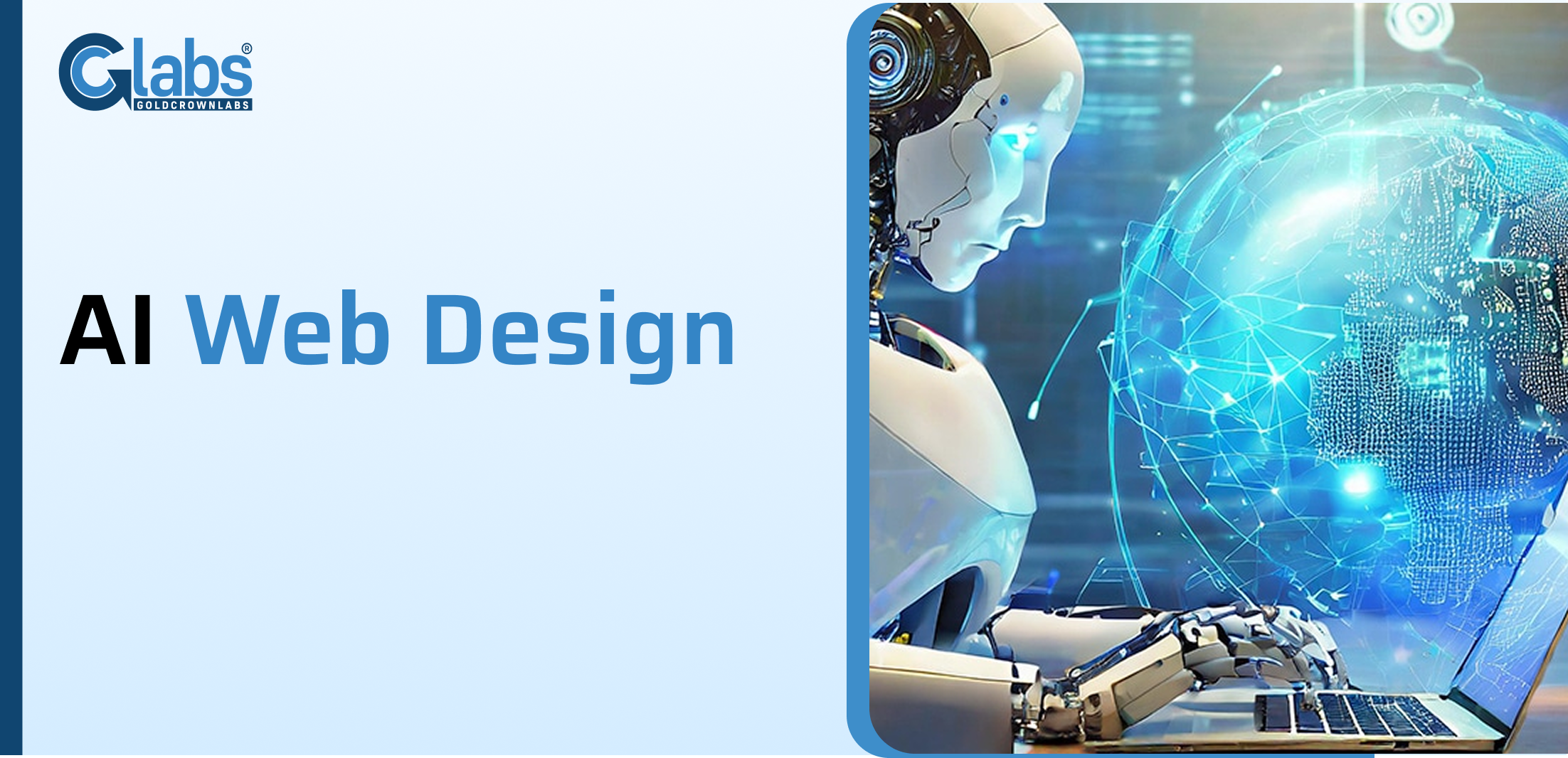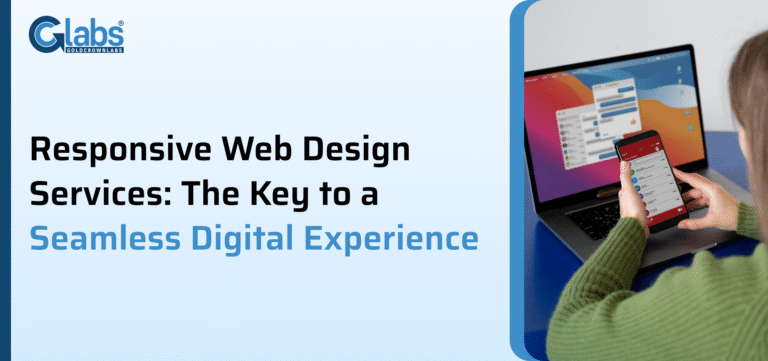Designing a website involves much more than selecting colours or arranging layouts. For years, web designers have handled countless time-consuming tasks from editing visuals to writing snippets of code. These jobs require quick judgement, creativity, and experience.
Today, technology has made it easier to simplify many of these repetitive processes, allowing designers to focus more on creativity and user experience. With advanced AI web designing now available, what once took hours can often be done in minutes. However, these tools are still not replacements for human thought and decision-making they work best when used as assistants rather than substitutes.
Table of Contents
ToggleHow Smart Tools Are Reshaping Web Design
Modern design software has evolved dramatically, helping professionals save time while improving output. Many of these platforms can suggest color palettes, build layouts, or even create basic website templates automatically.
For instance, tools like Wix, Squarespace, and Adobe Express allow designers to build pages faster with ready-made blocks for common sections such as “About Us,” “Contact,” or “FAQ.” These features enable professionals to deliver affordable, high-quality websites more efficiently.
While automated platforms still can’t match the creativity and emotional intelligence of a human designer, their role in the industry is undeniable. They’ve changed how websites are planned, built, and maintained.
Generating Fresh Ideas and Layouts
Coming up with new visual concepts is often the hardest part of any project. Many designers now rely on smart assistants to brainstorm ideas or suggest unique design directions. These systems can provide inspiration for color schemes, landing page layouts, or even brand elements.
More advanced software can now analyze existing designs evaluating typography, balance, and color contrast and recommend ways to enhance them. For example, programs like Form·Z Pro can assist in 3D modeling and animation, enabling designers to visualize their ideas in entirely new ways.
The future of design lies in iteration quickly generating multiple creative options and selecting the best one through experience and instinct.
Creating Original Visuals
Stock photos once dominated website imagery. Now, modern graphic tools can create custom visuals tailored to each project’s theme. Designers can produce original illustrations, patterns, and digital art that perfectly match a brand’s identity eliminating the need for generic stock images.
The ability to generate unique, copyright-free visuals has opened the door for more personalized, artistic web design.
Writing Better Content for Design Projects
Every designer has dealt with placeholder text like “Lorem Ipsum.” It helps with layout testing but never shows how real content will fit within a design. Now, writers and designers can quickly produce draft text that looks and reads like the final version.
This realistic copy allows designers to test alignment, spacing, and typography with content that feels authentic.
Some tools even assist with generating marketing-friendly text or SEO-based product descriptions helping teams speed up project completion without sacrificing quality.
Code Assistance and Functional Elements
Modern design platforms can now generate simple code snippets for website components saving time when building buttons, forms, or navigation bars.
However, just like visuals and layouts, human expertise remains essential. Designers still need to review and refine the code to ensure it fits the overall vision, performance goals, and brand standards.
A Quick Design Example
Let’s imagine a designer creating a website for a footwear brand. With today’s smart tools, this process can be completed faster and more creatively than ever before.
Basic Sketches
The designer begins by describing the concept a modern, stylish shoe company with bold red and blue branding. Within minutes, a set of layout sketches is ready for refinement.
Logo Concepts
Using the same brief, the tool can produce several logo options reflecting the brand’s personality sophisticated, vibrant, and sleek.
Product Displays
Next, product visuals are developed showing different shoe angles and textures. With minimal editing, these can be used directly on the product pages.
Responsive Design
Finally, layouts are adjusted for mobile screens. Because users often shop on phones, the mobile design ensures smooth navigation and attractive visual balance.
What once required several design stages can now be streamlined into one efficient creative flow.
The Future of Smart Web Design
Technology is already transforming how designers work. Soon, we’ll see even more advanced tools capable of generating wireframes, complete layouts, and optimized website architectures directly from simple text-based briefs.
These developments won’t replace designers they’ll empower them. Human creativity, intuition, and storytelling will always define great design. The goal is not to eliminate manual work but to reduce repetitive effort so designers can focus on strategy, user experience, and innovation.
Final Thoughts
Web design is entering a new era one defined by speed, efficiency, and creativity. The best results come from blending human imagination with the power of modern design technology.
As a forward-thinking UI/UX Design Company, we believe in using these evolving tools to enhance our creative process, deliver exceptional digital experiences, and stay ahead of industry trends. The future of design isn’t about replacing people it’s about empowering them to create more, think bigger, and design smarter.
Frequently Asked Questions (FAQs)
1. What are the key elements of a modern website design in 2025?
A modern website focuses on fast loading speed, mobile responsiveness, accessibility, and clear navigation. Visual storytelling, custom illustrations, and data-driven layouts are also essential to attract users and improve engagement.
2. How do smart design tools help web designers today?
Modern design tools streamline repetitive tasks like layout generation, color matching, and content placement. They allow designers to focus more on creativity, brand identity, and user experience rather than manual coding or formatting.
3. Can automated design platforms replace professional web designers?
Not entirely. While these tools can speed up basic processes, human designers are still needed for strategic thinking, emotional design, storytelling, and brand consistency things that automation can’t fully replicate.
4. How can businesses benefit from using modern design technologies?
By integrating smart design tools, businesses can save time, reduce costs, and maintain consistent quality across digital projects. These technologies also make it easier to update designs, optimize performance, and create more engaging user experiences.
5. What role does content play in web design?
Content and design work hand-in-hand. Clear, relevant, and well-structured content enhances user understanding, improves SEO, and helps build trust. Effective content placement can guide visitors naturally toward key actions like inquiries or purchases.
6. What are the most popular design platforms used today?
Some of the most widely used design platforms include Figma, Adobe XD, Webflow, Canva Pro, and Wix Studio. Each offers unique features — from prototyping to responsive layout building suitable for different skill levels and project needs.
7. How important is mobile-friendly design in 2025?
Extremely important. With mobile users accounting for over half of web traffic, mobile-first design ensures that websites perform smoothly across all devices. It improves search ranking, usability, and conversion rates.
8. How can I make my website stand out visually?
Use custom visuals, consistent color themes, and personalized typography. Incorporate motion graphics, micro-interactions, and storytelling elements that reflect your brand’s personality while maintaining simplicity and usability.
9. What does the future of web design look like?
The future will focus on personalized experiences, interactive interfaces, and data-driven design decisions. Designers will increasingly use intelligent tools to create faster, more intuitive, and visually compelling digital environments.
10. How can a professional design agency help my business?
A professional web design agency brings experience, technical expertise, and a deep understanding of user behavior. They can translate your brand vision into a functional, beautiful, and conversion-focused digital experience that drives measurable results.



